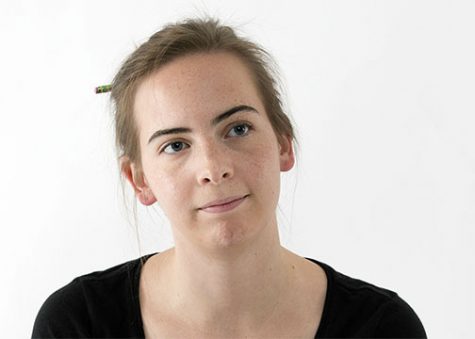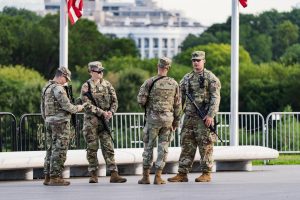Retirement fund cuts among changes to university
August 21, 2014
Loyola will be reducing its contribution to all employees’ retirement funds in addition to implementing another voluntary severance program this year.
According to an email sent to faculty and staff, the Rev. Kevin Wildes, S.J., university president, said that these measures are being taken in an effort to eliminate Loyola’s budget deficit.
The university, Wildes said, will be instituting a two-year reduction in retirement contribution for all employees from eight percent to four percent, beginning in January 2015.
In the email sent out on Aug. 8, the Rev. Kevin Wildes, S.J. said the university will continue its voluntary severance program from the last academic year. However, it will do so without the previous funding cap that put a limit on the number of faculty and staff able to take advantage of the severance package.
Marc Manganaro, provost and vice president for academic affairs, said Wildes believes these efforts will balance the university’s budget for the 2014-2015 academic years.
RETIREMENT CONTRIBUTION
The university currently contributes eight percent of its employees’ salaries to their retirement funds, said Mikel Pak, associate director of public affairs and external relations.
This contribution and reduction is the same for all Loyola employees, whether they are faculty or staff members.
The reduction to four percent will bring Loyola closer to the average employer’s contribution of 3.7 percent, according to CNN Money. However, according to U.S. News, universities often contribute far more than the average to their employees’ retirement funds.
“It’s not something that you feel in your pocketbook right away,” Manganaro said. “I’d rather take a reduction to my retirement account, and I’m probably closer to that than some, than I would a cut in my salary.”
David White, a professor of biological sciences, said he finds the retirement reduction “troubling.”
“It’s sad that the university feels it must mess with individual retirement accounts, particularly of the younger employees,” White said in an email.
White said he fears that many young adults “are not aware of the longer term impact of this kind of reduction.”
Manganaro said that Wildes will re-evaluate the reduction near the end of the two-year period in December 2016 with the hope of restoring the contribution back to eight percent.
VOLUNTARY SEVERANCE
This year, the voluntary severance program will be offered to all employees 55 years and older with 10 continuous years of service.
Last year, the program decreased the university’s deficit from $7.5 million to $5.1 million. When the terms of last year’s package were offered on a first come, first served basis until the funding caps were reached, many eligible faculty members camped out in Mercy Hall overnight to ensure participation.
Meredith Hartley, director of public affairs, told The Maroon in January that no category — tenured faculty, extraordinary faculty, or staff — reached its funding cap, meaning that no one needed to camp out.
This year, in order to eliminate any chance of misunderstanding, there will be no funding caps, Manganaro said. This means that all eligible employees who elect into the program will be accepted.
“There’s a great concern here for the welfare of our employees and staff and a great appreciation of the work that they do, so I think we’re seeking ways to control costs, for example, that are voluntary,” Manganaro said.
He said the funding for this program will come from the endowment, as approved by the Board of Trustees. It is difficult to predict how many employees will opt into the program, Manganaro explained, because the Rev. Kevin Wildes, S.J., only recently announced the program over email.
Pak said that the university will officially announce the terms of the program after the Human Resources Department communicates directly with all employees that are eligible by giving them packets and holding informational sessions regarding the voluntary severance program.
After the announcement, there will be a 45-day waiting period, followed by several days when employees can elect into the program, said Pak.
All eligible employees will be able to opt into the program beginning in late fall, but the university won’t officially know who has opted in until the employees formally separate from Loyola.
Pak said that those who choose to take the offer will leave in January, but there is an option for faculty to continue teaching through May.







